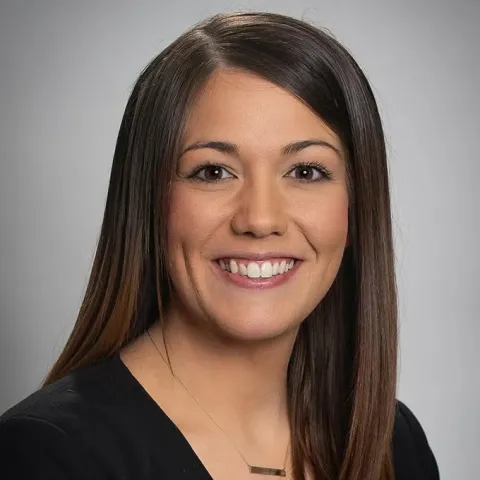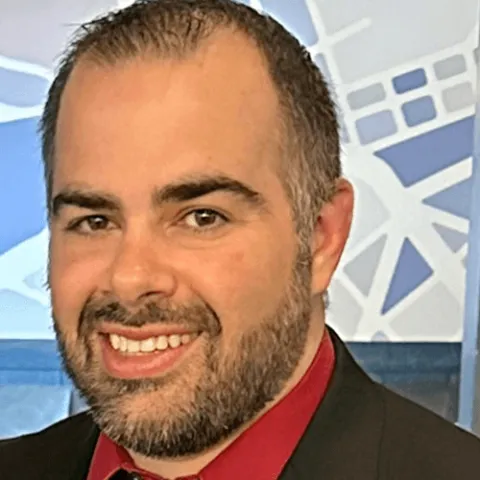
The Top 3 Consequences of the Nursing Shortage in 2024
There are more than 4.7 million registered nurses (RNs) and 385,000 nurse practitioners in the U.S. But it’s not enough to fill the need. Even before the pandemic, the effects of the nursing shortage were undeniable.
Why Is There a Nursing Shortage?
The short answer is high demand and low supply. A more detailed analysis points to a shortfall due to the strain from an aging population needing more care for chronic conditions, workforce cutbacks and the rate of retiring nurses outpacing new ones entering the field.
Recently, U.S. News & World Report ranked nurse practitioner No.1 in their 100 Best Jobs in America report because the position pays well, offers room for advancement, provides a satisfying work-life balance, and is in demand.
Even with this esteemed ranking, the nursing shortage continues to persist, impacting quality patient care while putting nursing staff in jeopardy of overwhelm. It is important to note that nurses play a most significant role in the continuum of care. Without proper staffing, our public health infrastructure is at risk until we increase the number of new nurses entering the profession.
The Good News
The U.S. Bureau of Labor Statistics (BLS) projects employment of registered nurses to grow 6% from 2022 to 2032. In that same time frame, it predicts an average of 177,400 new nursing jobs will be available annually. Additionally, employment for nurse practitioners is expected to skyrocket 45% through 2032, adding nearly 385,000 jobs to the market.
This is encouraging news for the profession. However, it’s critical to ensure enough new nurses are interested in the career, adequate and affordable degree programs are accessible, and suitable educators are available to teach a new generation of nursing professionals.
This blog looks at the effects of the nursing shortage on patient care, nursing professionals and our health care system and offers solutions to address the shortfall.

No. 1: Impact on Patient Care
The number of working nurses for every 1,000 Americans ages 65 and over has steadily declined, from 69 in 2003 to 62 in 2021. Nursing shortages result in higher nurse-to-patient ratios, thus burdening an already stretched nursing staff and opening the door to suboptimal performance.
Medication Mistakes
Administering medication is a nursing core duty, and mistakes can have undesirable consequences. Across the medical field, medication errors by health professionals (general practitioners, pharmacists, nurses included) a sixth highest cause of death in America after car crashes, diabetes, renal diseases, breast cancer, and influenza.
Nurses practice the five rights of medication administration: right patient, right medication, right route, right time and right dose. Their protocol includes checking the medication three times, but research has shown that more medication errors occur when nurses are overworked due to staffing shortage.
Longer Wait Times
If you’ve been to an emergency department recently, you’ve likely experienced longer wait times. Even during life-threatening emergencies, without adequate staffing, these types of facilities can become overcrowded, leading to increased hospitalization.
Delayed or Neglected Treatment
Longer wait times may cause patients to delay or forego regular check-ups and treatments. In turn, fewer visits can lead to more illnesses, thus continuing the cycle of needed care vs. available treatment.
When facilities close due to inadequate staffing, patients must travel greater distances in search of medical attention and are at risk of missing treatment as a result.
No. 2: Nurse Overwhelm
The nursing shortage is leading to many challenges for nurses themselves. According to a recent national survey by the American Nurses Association, 62% of U.S. nurses reported symptoms related to overwhelming workloads.
Some of the stressors that contribute to this overwhelming workload include:
- Long shifts
- Working in understaffed facilities
- High nurse-to-patient ratios
- Pressure to make quick decisions
- Caring for patients who may have poor outcomes
Overwhelming workloads can have undesirable consequences. They can manifest in many ways, including:
- Physical and mental exhaustion
- Emotional depersonalization and detachment
- Reduced morale and feelings of being ineffective and undervalued
- Anxiety and depression
Nurse overwhelm harms the individual, affects patient care, and challenges our public health system. Surgeon General Vivek Murthy announced in 2022, “The nation’s health depends on the well-being of our health workforce. Confronting the long-standing drivers of burnout among our health workers must be a top national priority.”
No. 3: Opportunities in the Health Care System
The abundance of job opportunities for nurses has a profound impact on improving patient outcomes. According to the National Library of Medicine, hospitals with optimal patient-to-nurse ratios see significantly better patient outcomes, including lower mortality and failure-to-rescue rates. This highlights the critical role that nurses play in ensuring high-quality patient care.
With so many job openings, nurses have the chance to choose positions that best match their skills and preferences, leading to more effective and efficient care. When patients receive appropriate care from dedicated nurses in clinics, they are less likely to need more expensive emergency services, thereby reducing overall health care costs.
From a systemic perspective, the availability of qualified nurses is highly beneficial for hospitals. A well-staffed nursing team enhances the quality of care and improves financial performance by boosting patient outcomes. For instance, a study in Illinois found that limiting the patient load to no more than four per nurse in medical-surgical units could save thousands of lives and reduce hospital stays, resulting in significant cost savings.
The growing demand for nurses offers many career opportunities and contributes to a more robust and efficient health care system, ultimately benefiting patients and health care providers.

Practical Solutions to the Nursing Shortage
The most effective way to build a strong nursing workforce is to increase the number of educated and trained nurses. Let’s look at some nursing shortage solutions.
Affordable and Accessible Nursing Programs
According to the American Association of Colleges of Nursing, nursing schools turned away 91,938 qualified applicants from undergraduate and graduate nursing programs in 2021 due to budget constraints and insufficient faculty, clinical sites, classroom space and preceptors.
To combat these deficits, higher education institutions are looking at unconventional ways to meet the demand.
There are several educational pathways into nursing, from an associate degree in nursing (ADN) to a Bachelor of Science in Nursing (BSN). Another new path is an accelerated or second-degree BSN program, which leverages an undergraduate degree in an unrelated field.
There is evidence that BSN preparation improves patient outcomes. A recent study reports that higher numbers of BSN-prepared nurses in hospital settings are associated with lower 30-day inpatient surgical mortality rates.
Additionally, BSN nurses have more opportunities to advance into management roles, pursue graduate education and develop a nursing specialty while earning substantially more.
Loan Forgiveness and Repayment Programs
Securing a loan for nursing school might be a demotivator for new nurses entering the profession. However, there are many federal and state programs where nurses may qualify for loan forgiveness or loan repayment programs to help offset the cost of their education.
Rockhurst University Addresses the Nursing Shortage with its Online Programs
Rockhurst University is committed to preparing tomorrow’s nursing workforce by offering online undergraduate, graduate and post-graduate nursing programs delivered by our respected Saint Luke’s™ College of Nursing and Health Sciences.
The Hybrid Accelerated Bachelor of Science in Nursing (ABSN) program prepares career changers with a bachelor’s degree to become nurses in 16 months.
Rockhurst’s online Master of Science in Nursing (MSN) programs prepare nurses with a BSN to earn their master's degree as a family nurse practitioner (MSN-FNP), adult-gerontology acute care nurse practitioner (MSN-AGACNP), psychiatric mental health nurse practitioner (MSN-PMHNP), or an MSN in Nursing Leadership.
For those who already have their MSN in another specialty, the FNP, AGACNP and PMHNP post-master’s certificate programs are available.
Learn more about Rockhurst University’s online nursing programs.







